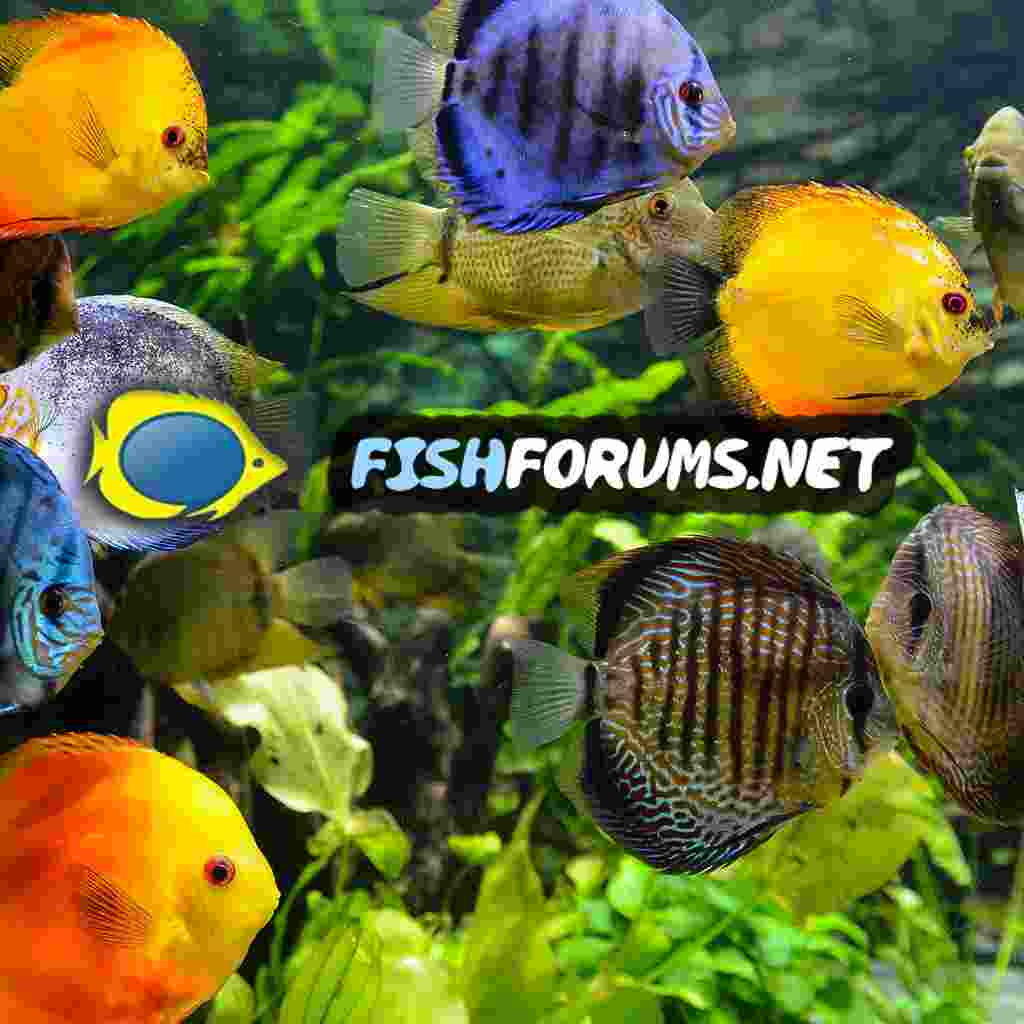I’m new too, and I’m am also bit confused… if the capacity is 125% will that mean 125% of the water is circulated each hour…? Will this make lots of ‘current’? If so, then the fish might not like it (I have a Betta and the filter is at the very lowest setting). I hope someone in the know can explain this

@Essjay provides accurate info.
My current filtration is apparently over 300% of what I require for my stocking level, which suggests, (if I didn't know better), that I could add 3x more fish into the tank than I currently have! Yay! I can go and buy another couple of dozen tetras and bung 'em in the tank...NOT!
As
@Essjay says, as I add fish to my tank, that filtration figure will fall and I need to carefully consider how close I want to get to the 100% figure, Simply adding a more powerful filter might allow me to increase my stocking, but in my 20 gallon, I also need to be aware that not all of my fish would appreciate a stronger current.

I'd urge some caution with viewing stocking levels as a target to be reached and by looking at ways to increase suggested stocking levels by manipulating water parameters and addition of extra equipment.
Consider that it's all about balance.
The higher the stocking level is to the suggested maximum, the more fragile that balance is and you lose a lot of 'wriggle room', should things go awry, even if only for a relatively short period of time.
I use the analogy of the speed limit on roads. So you follow the National Speed Limit of 60mph on a country road and, around a corner, you come across a tractor and trailer pulling out of a gate. You'd probably be fecked and claiming that you kept within the speed limit wouldn't cut much mustard with either the Court or insurance companies. Death, if not injury, could be a result. Obviously, if you'd been travelling at less than 60, your opportunities to avoid trouble would have increased.

www.fishforums.net

